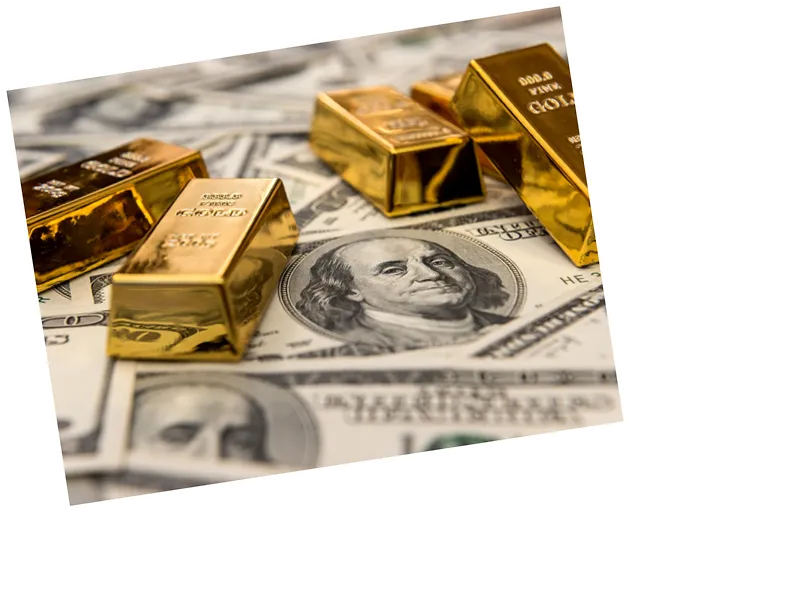Gold Prices Surge Amid Geopolitical Tensions and Dollar Weakness
Gold prices have reached unprecedented heights this week, driven by a confluence of factors including a weakening dollar, anticipated interest rate cuts, and escalating geopolitical tensions in the Middle East. On Wednesday, spot gold was recorded at an impressive $2,657 per ounce, after peaking at an all-time high of $2,670.43 earlier in the day. The rise in gold prices is part of a broader trend as investors seek refuge in safe-haven assets amidst uncertainty.
The U.S. dollar index fell by 0.1% to 100.37, making gold more accessible for international buyers. This decline in the dollar's value coincides with the Federal Reserve's recent decision to cut interest rates by 50 basis points on September 18, with expectations of further cuts in the upcoming meetings scheduled for November and December. Analysts predict that these monetary policy shifts will continue to exert downward pressure on the dollar, further boosting gold's appeal.
Impact of the Hezbollah-Israel Conflict on Gold Prices
The ongoing military operations between Israel and Hezbollah have heightened fears of a broader regional conflict, contributing to the surge in gold prices. Investors are increasingly concerned about the potential for escalation, prompting a flight to safety. As geopolitical tensions rise, the demand for gold as a hedge against instability continues to grow.
In contrast to gold, other precious metals have experienced declines. Silver fell 0.78% to $31.84 an ounce, platinum decreased by 0.38% to $982, and palladium lost 1.26% to $1,043 an ounce. These trends underscore the unique position of gold in the current economic landscape, as it remains a favored investment amid uncertainty.





